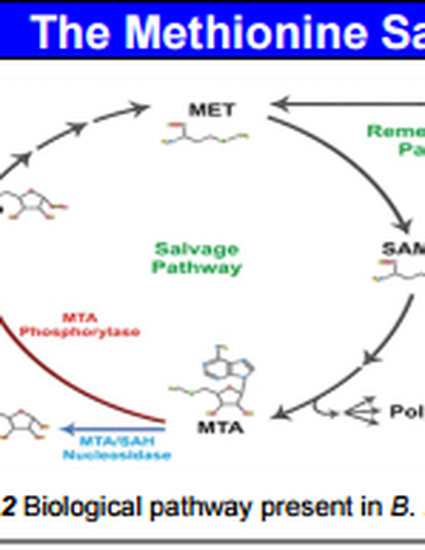
The pathogenic spirochaete Borrelia burgdorferi causes Lyme disease and is transmitted by deer ticks when they feed. Lyme disease is multisystemic—it adversely affects the heart, joints, and skin. Recent studies demonstrate that B. burgdorferi possesses three methylthioadenosine/Sadenosylhomocysteine (MTA/SAH) nucleosidases essential for the catabolic breakdown of both MTA and SAH. Both MTA and SAH are by-products of major pathways involving Sadenosylmethionine (SAM) and are kept at low micromolar concentrations due to their inhibitory activity.
This project examined the effect of transition state inhibitors on the surface binding Borrelia glycosaminoglycanbinding protein (Bgp) nucleosidase using recombinant Bgp and whole-cell B. burgdorferi activity assays. The transition state analogues are potent inhibitors of Bgp activity with Ki values ranging from 6pM-6nM. Bgp on the surface of live B. burgdorferi was also inhibited by treatment with low nanomolar concentrations of transition state analogues.
Available at: http://works.bepress.com/kenneth_cornell/22/
